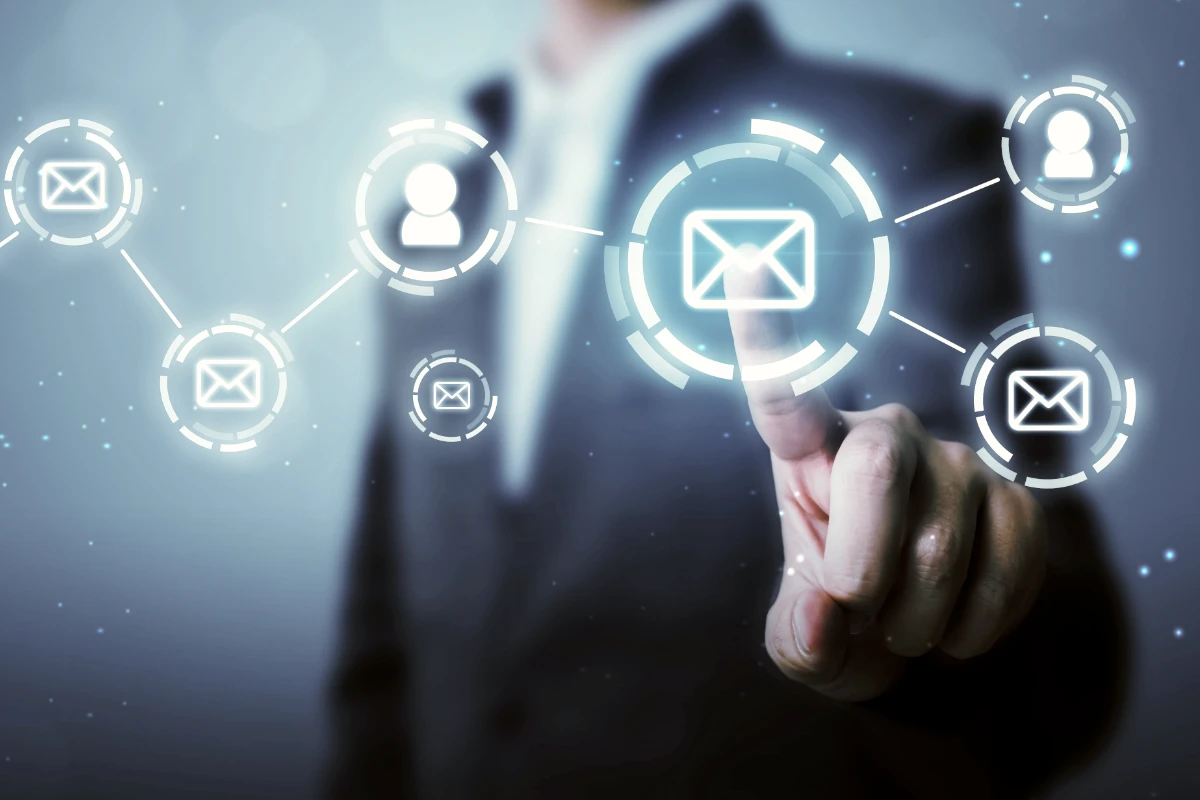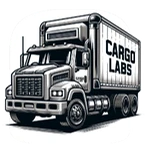Unlocking the Full Potential of Email Marketing Automation
Most businesses have implemented basic email automation—the welcome sequence that greets new subscribers, perhaps a birthday email, and maybe an abandoned cart reminder. But these entry-level automations barely scratch the surface of what’s possible. Advanced email marketing automation moves beyond these basics to create personalized, behavior-triggered experiences that nurture relationships and drive revenue on autopilot.
The data speaks volumes: according to a comprehensive marketing study by Epsilon, automated emails that respond to specific customer behaviors generate 70.5% higher open rates and 152% higher click-through rates than standard marketing messages. Despite these impressive results, only 20% of marketers are leveraging behavior-based automation beyond the welcome sequence.
By implementing more sophisticated automation workflows and establishing robust measurement frameworks, businesses can transform their email marketing from a basic communication tool into a powerful, personalized revenue engine that works 24/7.

Designing Behavior-Triggered Email Workflows
Understanding Behavioral Triggers and Touchpoints
The most effective email automations are triggered by specific customer behaviors that signal intent, interest, or opportunities for deeper engagement. Unlike calendar-based automations (like monthly newsletters), behavior-triggered emails respond to actions your subscribers actually take, making them inherently more relevant and timely.
Key behavioral triggers to consider implementing include:
- Engagement-Based Triggers: Emails activated when subscribers interact with specific content, such as clicking particular links, viewing certain products multiple times, or downloading resources.
- Inactivity Triggers: Re-engagement sequences initiated when subscribers haven’t opened emails or visited your website for a defined period.
- Purchase Behavior Triggers: Post-purchase sequences that go beyond order confirmation to include targeted cross-sells, usage tips, and review requests timed to the customer’s buying cycle.
- Service-Based Triggers: For subscription businesses, workflows triggered by account milestones, usage patterns, or upcoming renewals.
- Custom Conversion Path Triggers: Sequences designed around specific conversion paths unique to your business, such as free trial signups, consultation requests, or event registrations.
The magic of behavior-triggered workflows lies in their ability to deliver the right message at precisely the right moment in the customer journey. This relevance dramatically increases the likelihood of conversion compared to broadcast emails that may arrive at inopportune times.
Building Advanced Workflow Architecture
Once you’ve identified valuable behavioral triggers, the next step is designing workflow architecture that responds appropriately to these signals. Effective automated workflow design includes:
Decision Splits: Create paths that adapt based on how subscribers interact with previous emails in the sequence. For example, if someone opens an email about a specific product category but doesn’t purchase, the next email might offer an incentive for that same category.
Timing Optimization: Set strategic delays between emails based on the typical decision-making timeline for your product or service. Higher-consideration purchases generally require longer intervals between touchpoints.
Multi-Channel Integration: Connect your email automation with other channels like SMS, retargeting ads, or even direct mail for high-value prospects. This omnichannel approach reinforces your message through multiple touchpoints.
Dynamic Content Blocks: Incorporate content that automatically updates based on subscriber data and behavior, ensuring each email remains relevant even if opened days after sending.
Progressive Profiling: Design workflows that gradually collect additional information about subscribers, using each interaction to build a more complete customer profile for future targeting.
A well-designed workflow doesn’t merely send a series of pre-scheduled emails—it creates an adaptive journey that responds to each subscriber’s individual path and pace through your sales funnel. This personalized approach drives significantly higher conversion rates while reducing the manual effort required from your team.
Measurement Framework for Automation Performance
Beyond Basic Open and Click Rates
While standard metrics like open rates and click-through rates provide baseline performance data, truly understanding automation effectiveness requires a more sophisticated measurement framework. Advanced metrics to track include:
Workflow Conversion Rate: The percentage of subscribers who complete the desired action after entering a specific automation workflow. This provides a holistic view of workflow effectiveness.
Time to Conversion: How long it typically takes subscribers to convert after entering a workflow. This helps optimize timing and sequence length.
Engagement Velocity: How quickly and consistently subscribers engage with sequential emails in a workflow. Declining engagement may signal content fatigue.
Revenue Per Workflow: Direct revenue generated by specific automation sequences, calculated by tracking purchases made by subscribers within the workflow.
List Health Metrics: Unsubscribe rates, spam complaints, and engagement decay specific to each automation workflow. These indicators help identify potential negative impacts on list quality.
Comparative Performance: How behavior-triggered workflows perform against broadcast campaigns in terms of engagement and conversion, providing clear ROI justification.
By establishing these measurement frameworks, you can continuously refine your automation strategy based on actual performance data rather than assumptions.
Iterative Optimization Process
The true power of email automation emerges through continuous optimization based on performance data. Implement a structured approach to optimization:
- A/B Test Critical Elements: Systematically test subject lines, email timing, content approaches, and calls-to-action within your most important workflows.
- Segment Performance Analysis: Evaluate how different subscriber segments respond to the same workflows to identify opportunities for further personalization.
- Conversion Path Analysis: Track the specific email touchpoints that most commonly lead to conversion, then emphasize those elements in future iterations.
- Churn Point Identification: Pinpoint where subscribers typically disengage from workflows, then restructure those touchpoints to maintain engagement.
- Regular Workflow Audits: Schedule quarterly reviews of all automation workflows to ensure they remain aligned with current business objectives and offerings.
This measured approach transforms email automation from a “set it and forget it” tactic into a continuously evolving system that becomes more effective over time.
Implementation Blueprint: Advancing Your Email Automation Strategy
For businesses ready to move beyond basic welcome sequences, here’s a practical implementation blueprint that requires minimal resources:
- Audit Current Subscriber Behaviors (1-2 weeks)
- Identify the top 3-5 subscriber behaviors that indicate purchase intent or engagement opportunity
- Review existing email data to determine which content types generate highest engagement
- Map critical points in your customer journey where timely emails could increase conversion
- Prioritize and Build Your First Advanced Workflow (2-3 weeks)
- Select one high-impact behavioral trigger to focus on first (e.g., product page visits without purchase)
- Create a 3-5 email sequence that addresses common objections and questions
- Implement proper tracking to measure both email engagement and conversion outcomes
- Establish Your Measurement Framework (1 week)
- Set up tracking for workflow-specific conversion rates and revenue attribution
- Create a simple dashboard to monitor key performance indicators
- Establish baseline metrics for comparison against future optimizations
- Optimize and Expand (Ongoing)
- After collecting 4-6 weeks of data, make targeted improvements to your initial workflow
- Begin developing your second behavioral workflow based on lessons learned
- Gradually expand your automation ecosystem, prioritizing high-impact customer behaviors
This phased approach allows you to build sophisticated automation capabilities incrementally without overwhelming your team or technology infrastructure.
Elevate Your Email Marketing Strategy
Email marketing automation that responds intelligently to subscriber behavior represents one of the highest-ROI opportunities in digital marketing today. By moving beyond basic welcome sequences to implement behavior-triggered workflows and robust measurement frameworks, you can create email experiences that feel personalized and timely to each subscriber while requiring less day-to-day management from your team.
The most effective email automation strategy balances technological capabilities with human insight—using automation to handle repetitive processes while preserving the authentic connection that ultimately drives customer relationships.
Ready to transform your email marketing from basic broadcasts to sophisticated, behavior-driven conversations? Contact our team at CargoLabs for a personalized assessment of your current email program and recommendations for high-impact automation opportunities.
